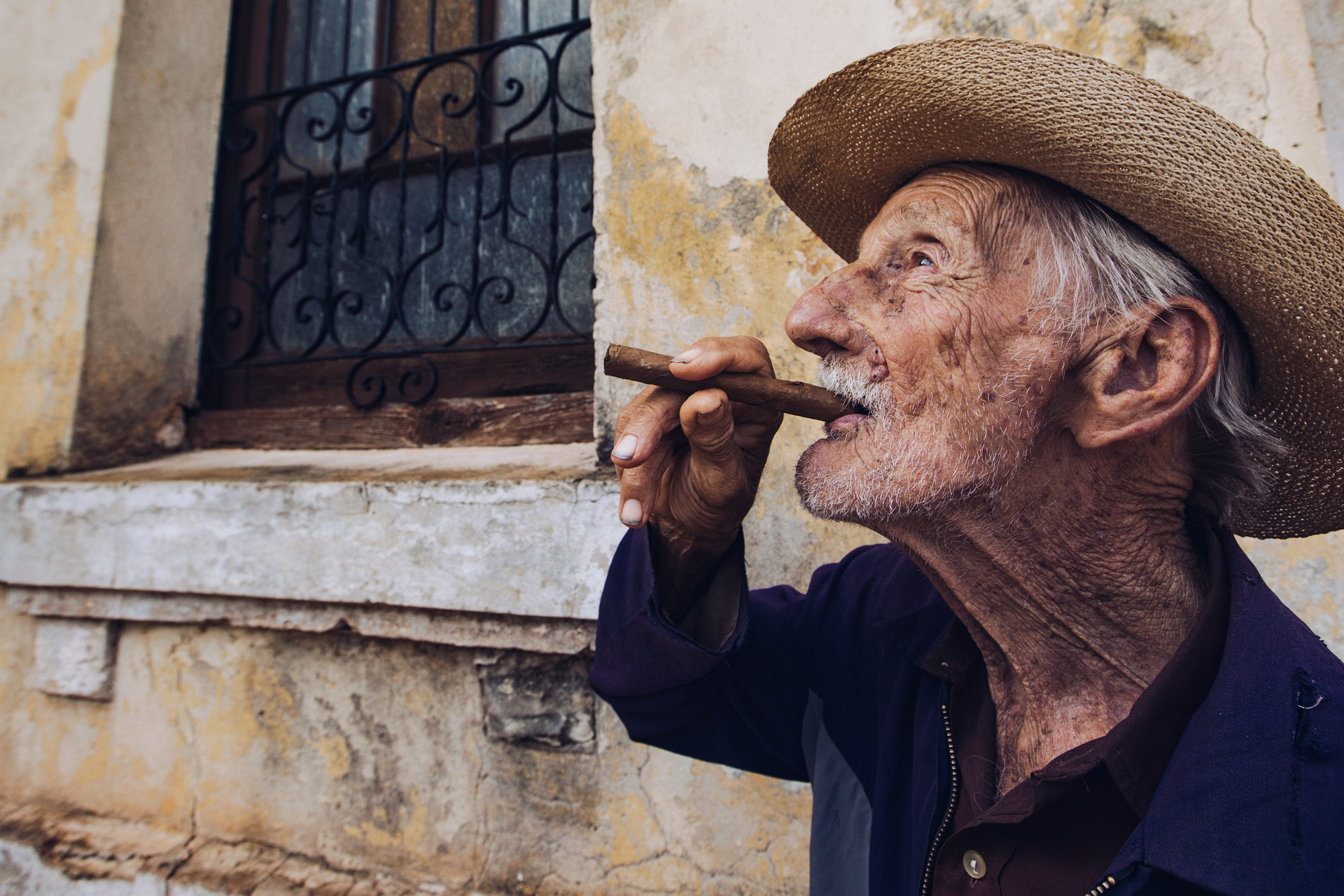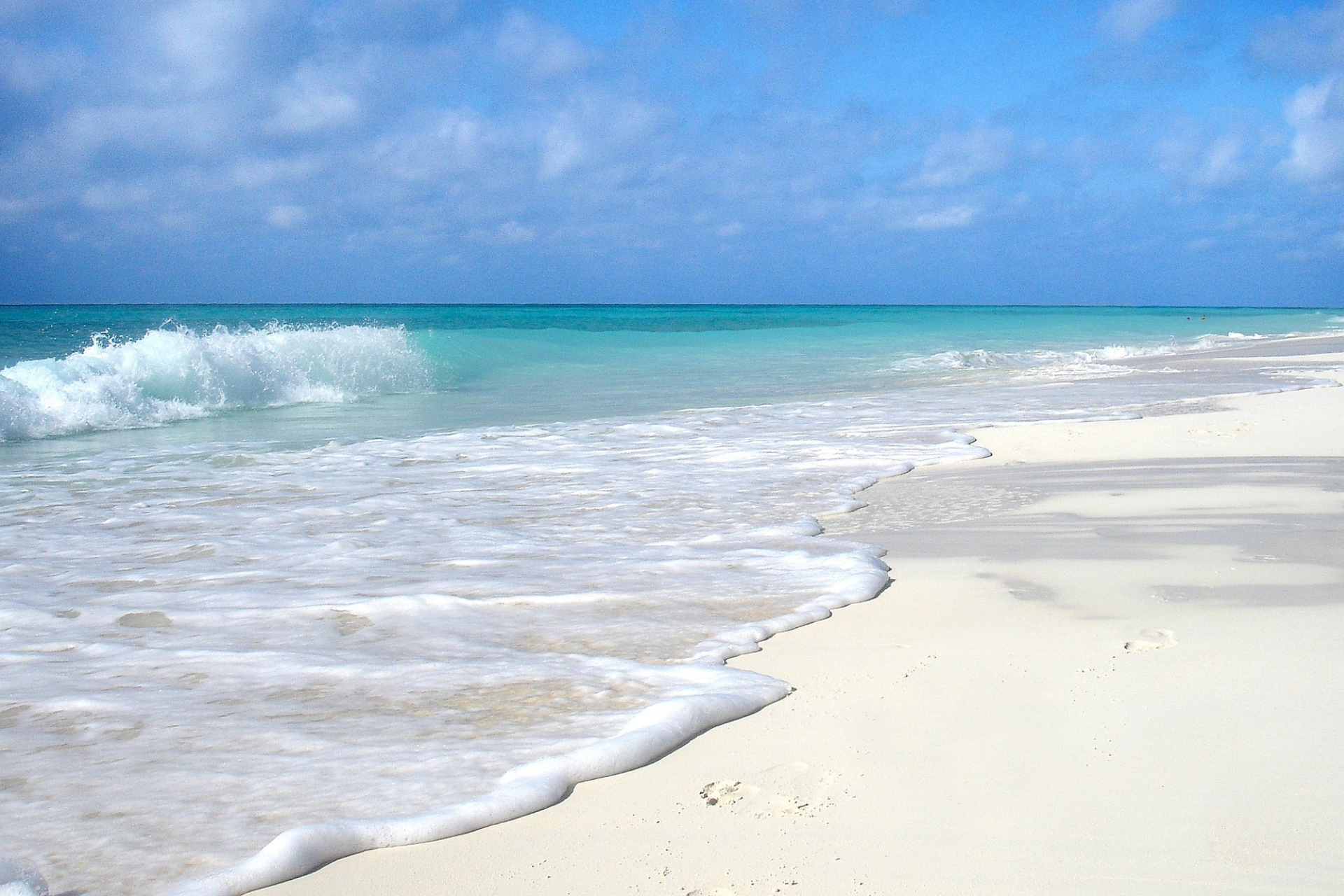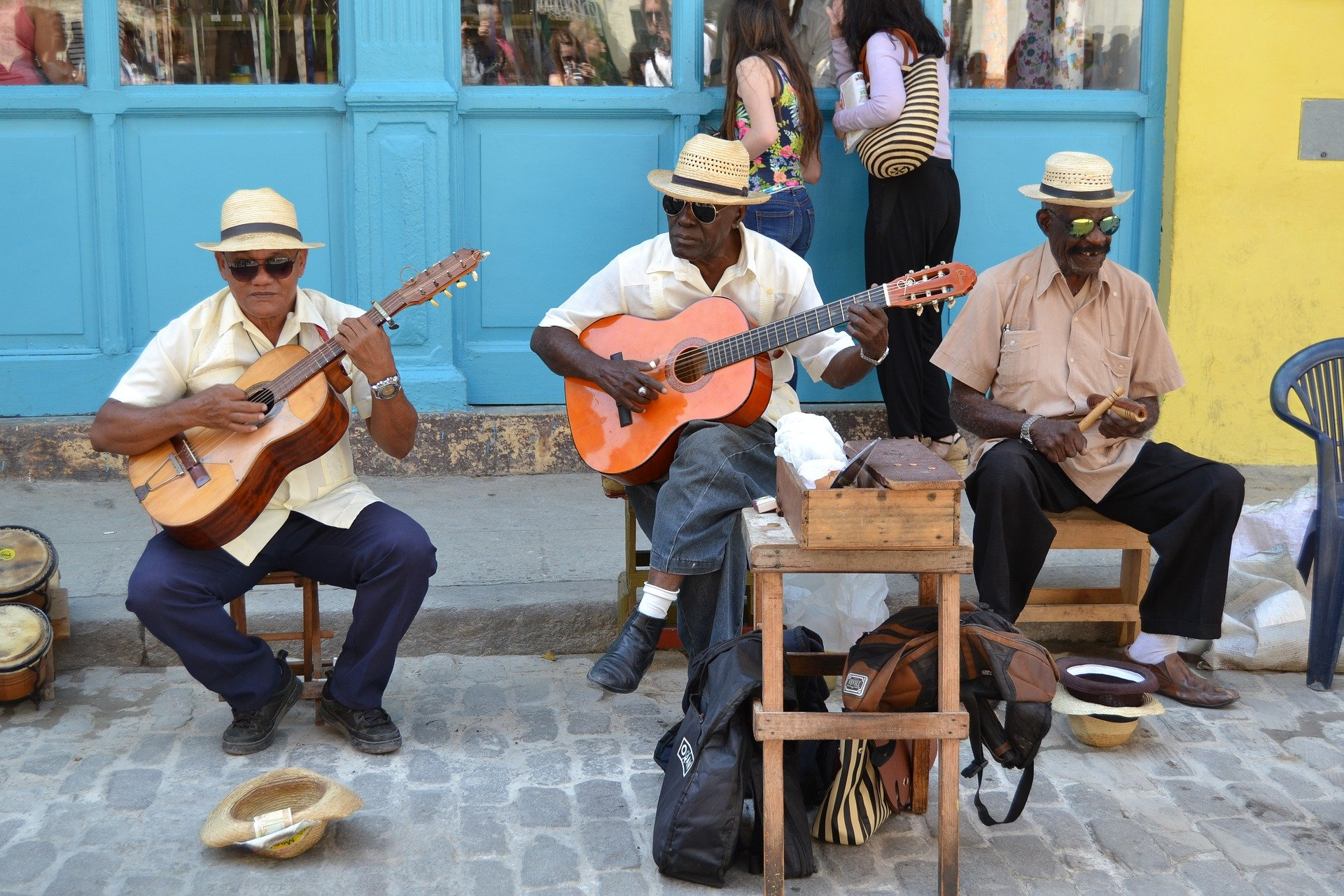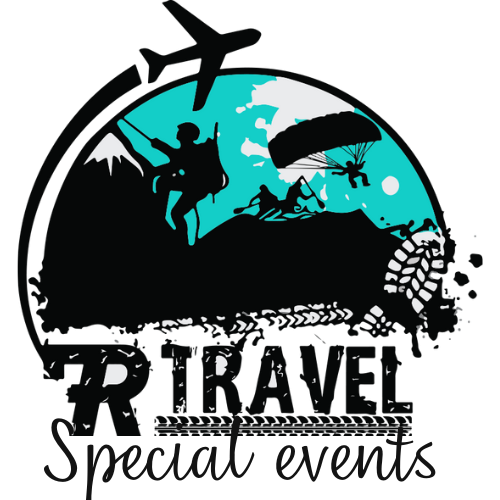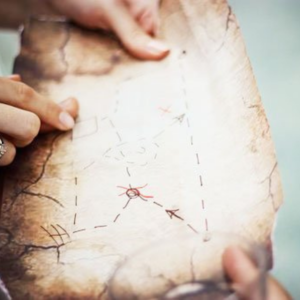Cuba
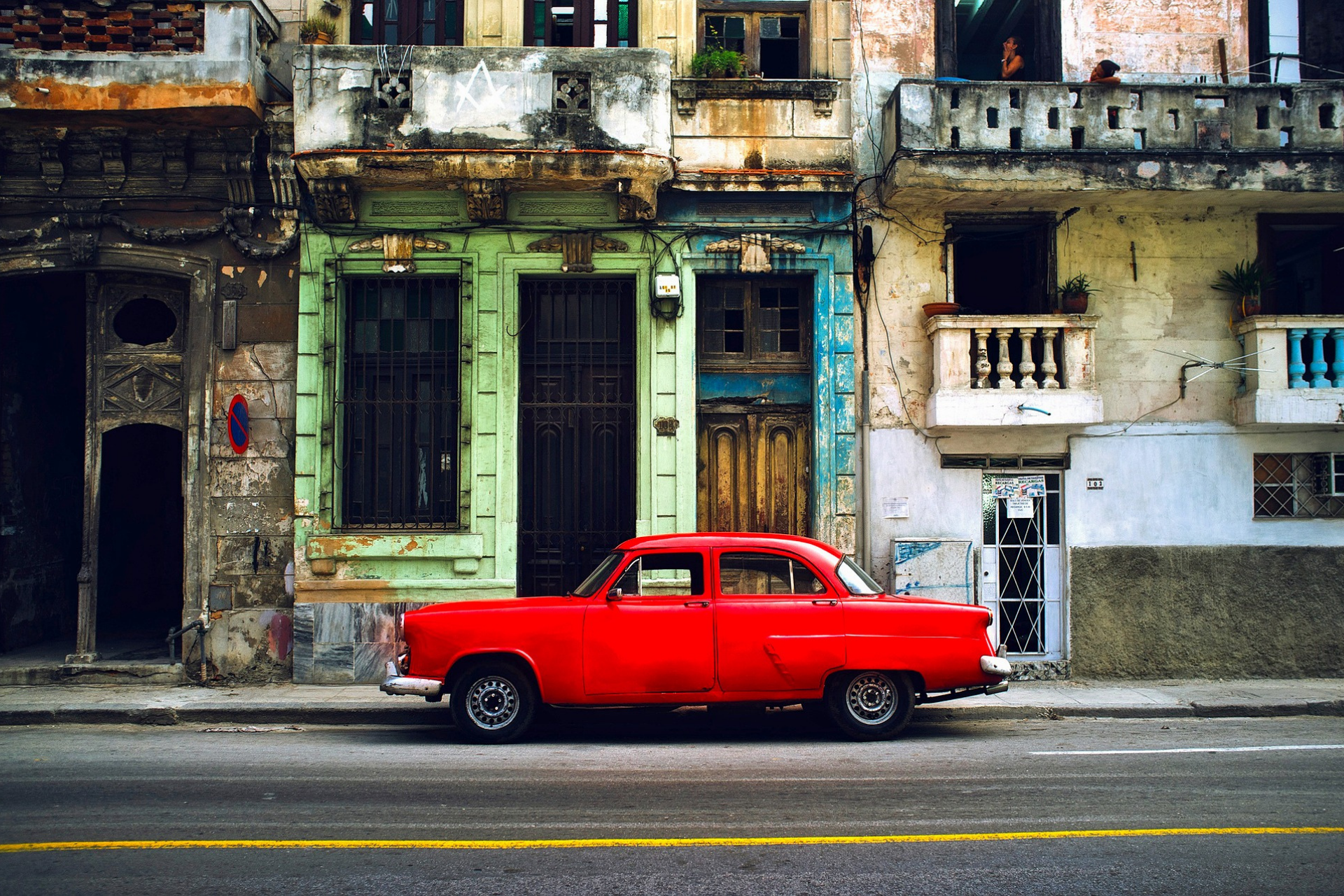
Sports and adventures
Cuba is a fantastic destination for those who love water sports, but not only.
Here we show you the ones that we believe are absolutely worth trying.
On the Sport page you will find the technical data sheets of the sports activities and if you want to receive custom itineraries that include these activities, send us an email. We’ll create a travel program that reflects your wishes and physical preparation.
- Diving: one of the world’s major diving destination, with immense coral reefs and a wide biodiversity, perfect water conditions: calm, warm and crystal clear waters, with visibility of 30 or 40 meters and a temperature between 24 and 29 ° C.
The best known diving areas are:
Jardines de la Reina – Camagüey (Gardens of the Queen): archipelago of over 250 islets where coral reefs and mangroves abound. In these crystal clear waters you will be able to admire above all turtles and sharks.
Isla de la Juventud – Cayo Largo: in this archipelago you can choose between countless diving spots and some crazy beaches, such as Playa Sirena or Playa de Bibijagua.
María la Gorda: in this diving area there is the largest black coral reef in the world, a coral mountain range in which a great diversity of marine animals lives.
- Trekking and Hiking: Cuba is attractive also for excurtions because of its wonderful nature. In its 14 national parks and more than 25 ecological reserves there are trails for all levels of hiking, sports and adventures.
The most important areas for some great hikes are:
Sierra Maestra: a mountain range where you can admire the major peaks of the country, including Pico Turquino, Pico Cuba, Suecia, or visit the Gran Piedra, the largest rock in the world.
Pinar del Río: here are some of the most important trails in the country where you can visit the Soroa Botanical Garden or the Viñales Valley National Park.
Topes de Collantes (Sancti Spíritus): in this park you will walk among pines, carob trees and ancient centenary cedars.
- Surf: Cuba does not offer big waves but there are interesting point on the north coast, such as Brisas del Mar and Mégano or in the eastern end of the island, where the flow of waves joins with the great tropical storms of the Caribbean Sea that provide waves of land, for example Yumurí, 30 km east of Barbacoa, which offers “right waves”. Other places are the Cape of San Antonio, Gibara, Playa Mar Verde, La Setenta, Playas del Este, Sun Beach and Cayo Coco.
- Kitesurfing: Cuba is one of the best destinations for this sport, thanks to perfect weather conditions, especially between October and March. On the coasts in the north, in Santa María del Mar, Varadero, Cayo Guillermo and Cayo Coco, the wind from the east-northeast is present all year round.
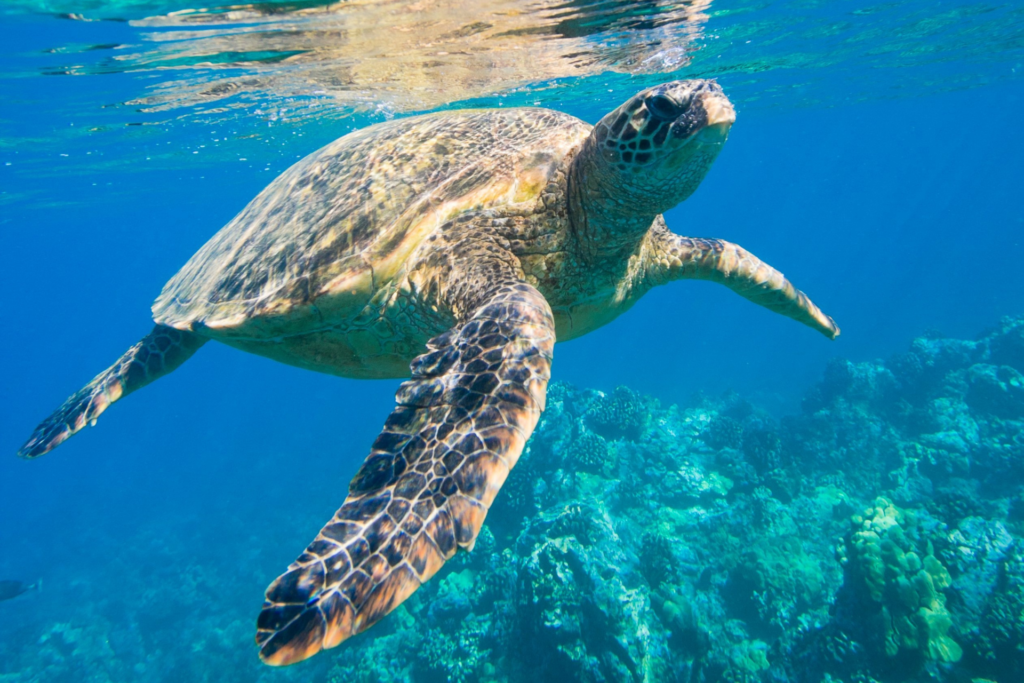
Diving to see sea turtles and sharks
Experiences
Here are some of the unique and exciting experiences you could live in this destination:
- Visit the Cueva del Indio in Vinales de Cuba: you will come out on a pier where a boat is moored with its helmsman that ferries on the waters of the gorge. On the way you can admire stalagmites, fossils of tools from pre-Columbian populations trapped here.
- Enter the Cueva de Santo Tomás: a “condominium” of karst caves. Here you can also admire the belt of the Mogotes, hills that seem to have been laid by Atlas himself, which have a particular shape thanks to the excavation of water from the subsoil and other atmospheric agents.
- Staying in a casas particulares (particular house): the typical local accommodation, run by locals, where you can live in close contact with them and experience your trip to the authentic Cuban rhythm.
- Visiting Havana with a historic car: whether you choose a Ford Thunderbird, a Fairlane, an Oldsmobile or a Chevrolet Bel Air, just to name a few, the fascination of driving a historic car from the 1950s is priceless.
- Visit a crocodile farm: more than 500 specimens of all species live in the Criadero Cocodrilo and serves as a breeding center. After the 7th year and when they reach the length of about one meter, the crocodiles are released into their natural environment.
- Visit a sea turtle breeding center: this center is concerned with the protection of the rarest and most endangered species in Cuba.
- Taste a great coffee: the Casa Museo del Café is located in the mountains and cultivates an aromatic blend called Cristal Mountain. Further on is the Jardín de Variedades del Café, a short path that winds through 25 different varieties of coffee plants.
- Drink a cocktail in the Bodeguita del Medio in Havana, the place where Ernest Hemingway loved to drink his mojito.
- Visit the Partagas Factory, one of the most renowned cigar factories in all of Cuba: some of the most popular Cuban cigar brands in the world are produced in this colonial-style building.
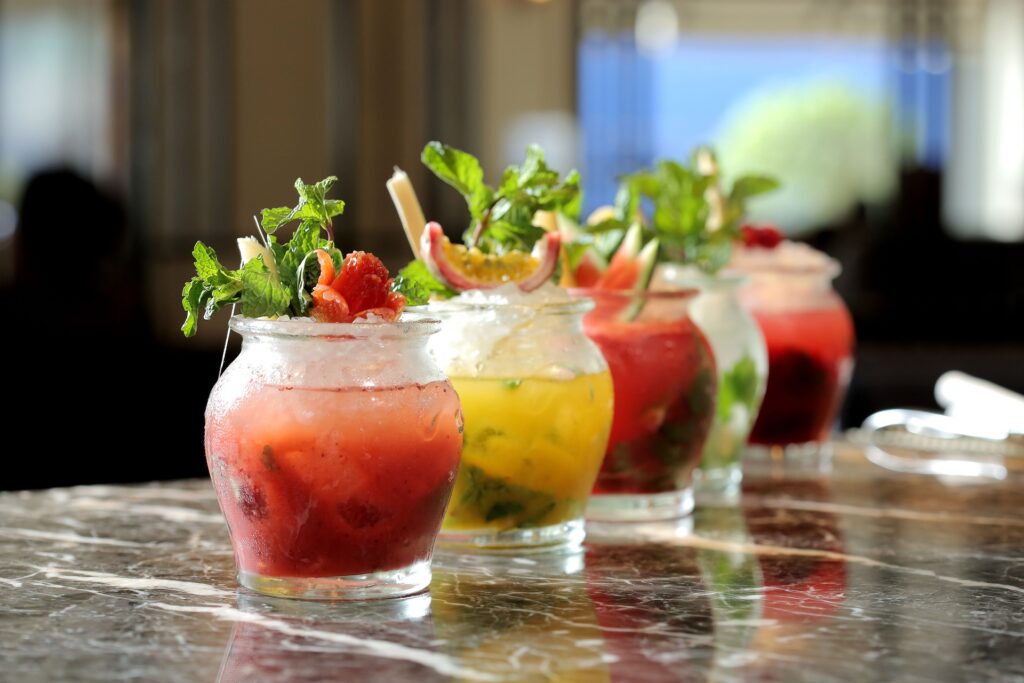
Drink a cocktail at the Bodeguita del Medio
What to see
Cuba offers wonderful locations that are absolutely worth visiting. Here you have some:
- Havana /La Habana: the capital of Cuba is divided into three areas: the oldest is Habana Vieja, famous for its colonial buildings and fortifications, a UNESCO World Heritage Site; the Centro Habana, historic center with the main monuments of the city; the neighborhood of El Vedado, the modern part, with banks, luxurious hotels and exclusive clubs. The most famous square in Havana is Cathedral Square, which takes its name from the Catedral de La Habana. The remains of Christopher Columbus have been preserved in this church throughout the 1800s.
- Santiago de Cuba: characterized by a lively cosmopolitan spirit with both African and Caribbean features, it is the cultural capital of Cuba and has always played a fundamental role in the evolution of literature, music, architecture, politics and the ethnological mix of country. It is also one of the oldest towns on the island, famous for its fortifications. Do not miss the Castillo del Morro, a fortress built on a hill that protected the island from pirates. Here every evening, soldiers in period uniforms fire a shot from the battery consisting of twelve guns, each named after an apostle.
- Varadero, on the sinuous peninsula of Hicacos, is one of the largest seaside resorts in the entire Caribbean and one of the most important tourist destinations in Cuba. Here you will find hotels, shops, banks, water activities and poolside entertainment. Its main attraction is the beach: an uninterrupted 20km strip of blonde sand, one of the most beautiful in the entire Caribbean region.
- Guantánamo: is a fantastic land in the mountains rich in vegetation. The famous US naval base is still active in its bay. But far from the base, we find isolated valleys, wild coasts, the most mysterious and esoteric Cuba. Here you can attend semi-unknown Afro-Cuban religious rites of the ancient Taíno culture.
- Trinidad: a colonial Unesco heritage settlement perfectly preserved, not only from the historical and architectural point of view (sumptuous colonial buildings adorned with frescoes of the Italian school, Wedgwood porcelain and French chandeliers), but also from that of everyday life, punctuated by the screams of men who sell bread in the street, or by the sound of horses’ hooves.
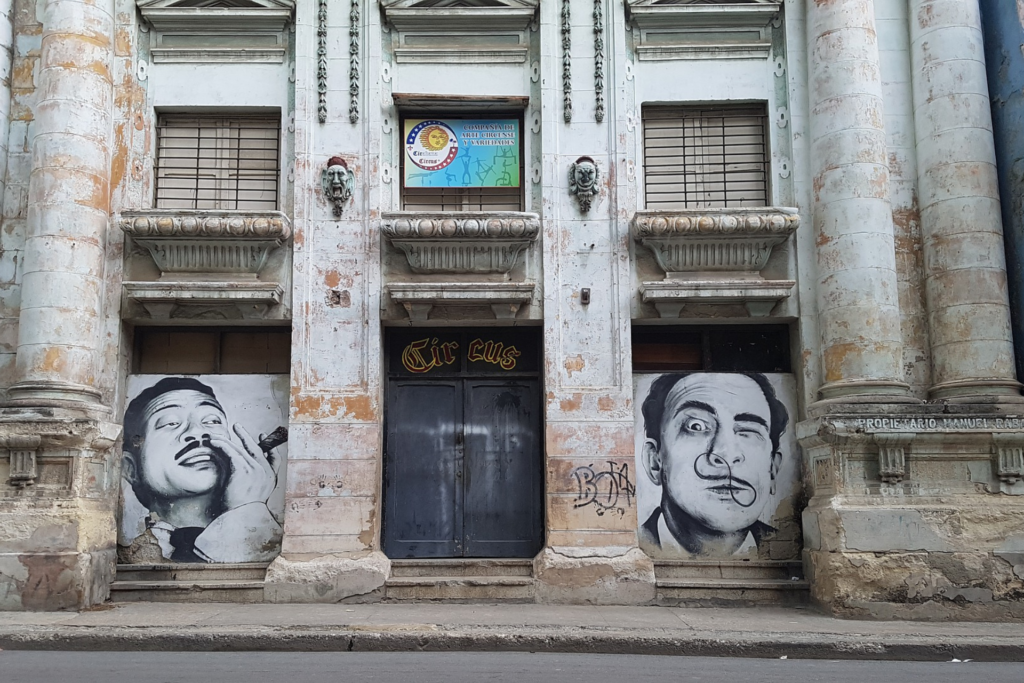
Havana
Food and Wine
Cuban cuisine represents a perfect synthesis between African and Spanish traditions.
They use a lot of fruit, especially avocados, bananas and mangoes, even in savory dishes.
The main dishes are both meat and fish based.
Absolutely not-to-be-missed dishes from Creole cuisine, as Cuban cuisine is defined, are shrimp in tomato sauce and carne con palitos, a preparation with chopped beef browned with some spices, to which then sliced bananas are added;
The Cuban national dish is Ajiaca, a soup with potatoes, corn, bananas, chicken and beef.

A dish of shrimp in tomato sauce
When to go
Cuba is wonderful all year round, thanks to its tropical climate.
The best period ever is from December to April, since from May to October there is the hottest and rainiest season. July and August, on the other hand, are the months when the beaches are most crowded even by Cubans.
What to pack
Of course, what to pack for a trip to Cuba depends on what activities you will do and, above all, on the period when you go there.
Below we give you just a few indications on what absolutely must not be missing.
For a mild tropical climate, where it is hot all year round, light clothing in linen or cotton is a must.
Also bring a little more elegant clothes to enter some theaters and restaurants.
Information
Continent: Central America
Capital: Havana
Language: spanish
Currency: Cuban convertible peso – CUC – CUC$ (it’s often called “dollar” in the spoken language) (The local currency, the Cuban Peso – CUP, is forbidden for tourists)
Power sockets and voltage: power socket is A type. Generally, the voltage is 110V/60 Hz, although in some hotels there is also the 220V and european two-contact cylindrical power outlets (type C)
For up-to-date and detailed information visit www.viaggiaresicuri.it
Some tips
Rum and cigars are typical of Cuba, but going to the island where the mojito was born without sipping one would be heresy.
